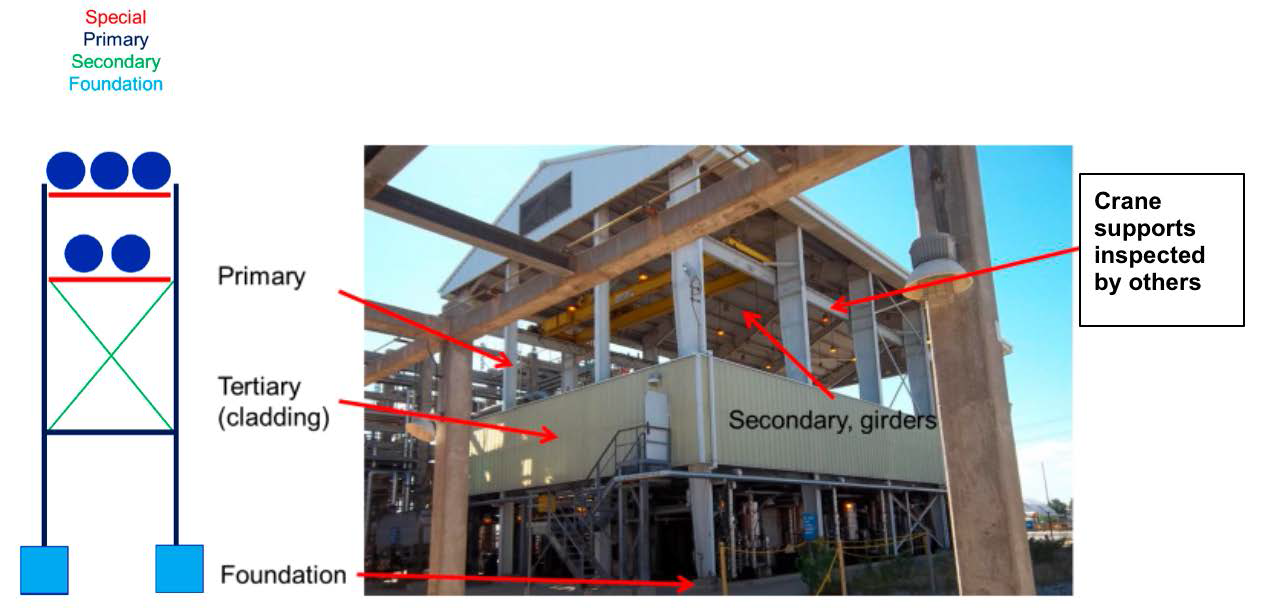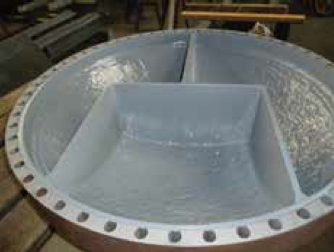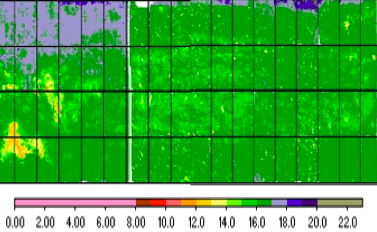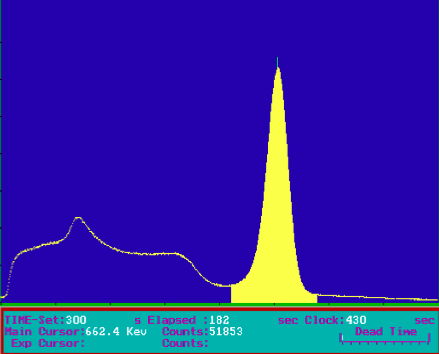Chemicals are forms of matter with a constant composition and properties. Virtually everything that physically exists is made up of chemicals, or a mixture of multiple chemicals. For this reason, chemicals are incredibly important in the process industries. Along with virtually every other industry in the world.
Chemical processing describes the process by which one chemical composition is transformed into another. The multi-billion dollar Chemical Processing Industry manufactures, processes, and produces various types of chemicals, chemical substances, and products. These include petrochemical and inorganic chemicals, pharmaceuticals, industrial gases, plastics, rubbers, detergents, paints, coatings, pigments, and many others. The chemical processing industry is essential to the modern global economy and plays a vital role in almost every other industry in existence.
In 1992, OSHA issued the Process Safety Management of Highly Hazardous Chemicals standard (29 CFR 1910.119). This regulation contains requirements for the management of hazards associated with processes using highly hazardous chemicals. Among other things, it requires operators to keep written safety procedures when dealing with dangerous chemicals. It also requires they create and implement an action plan in case of emergencies.
Relevant Links
Topic Tools
Share this Topic
Contribute to Definition
We welcome updates to this Integripedia definition from the Inspectioneering community. Click the link below to submit any recommended changes for Inspectioneering's team of editors to review.
Contribute to Definition












































































































































































































































